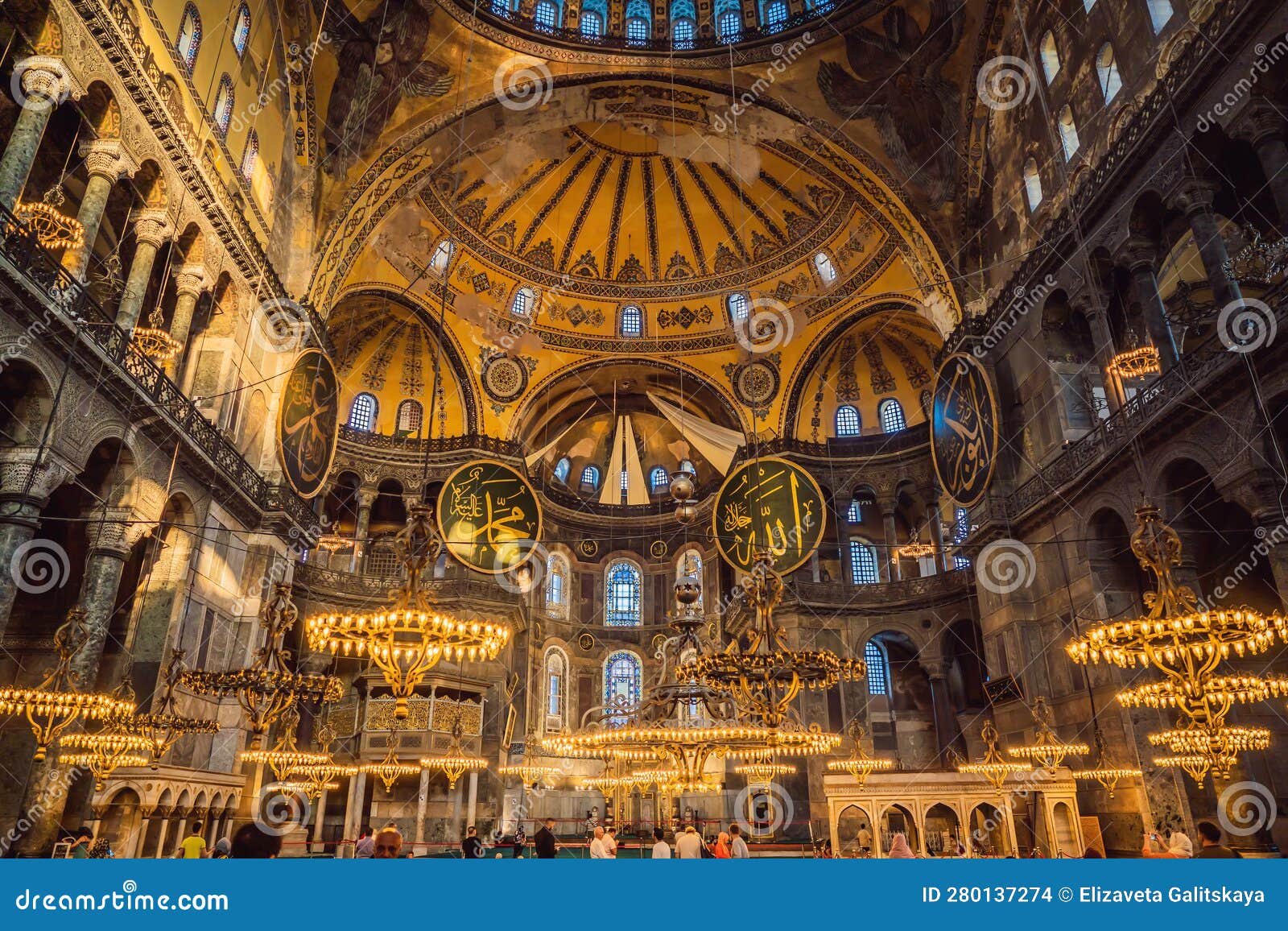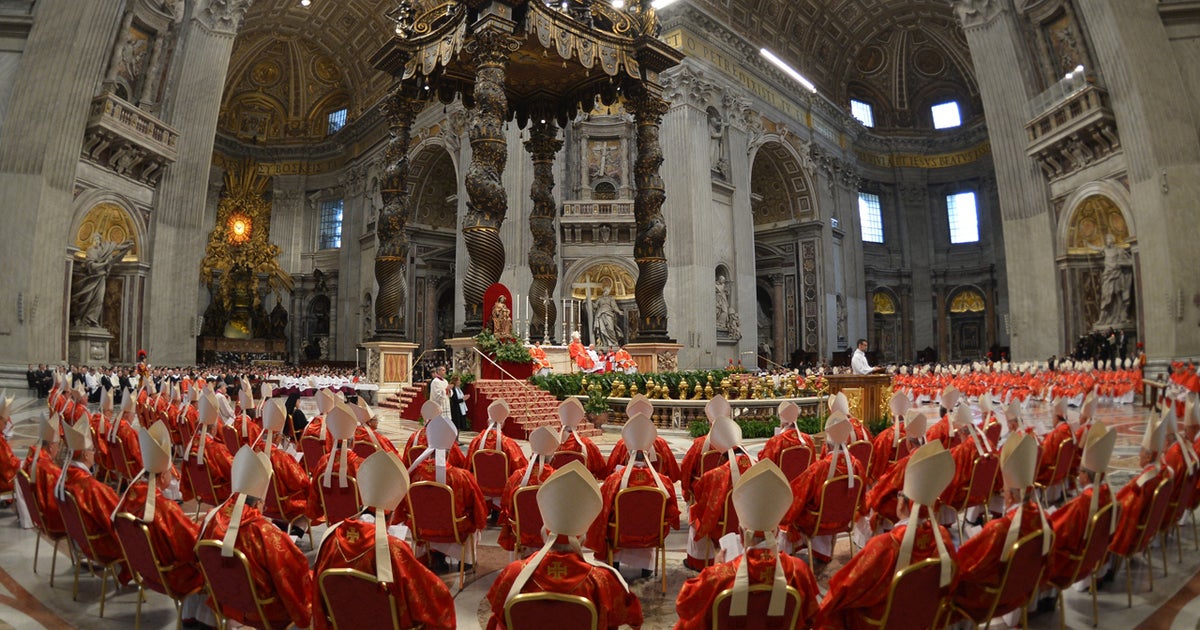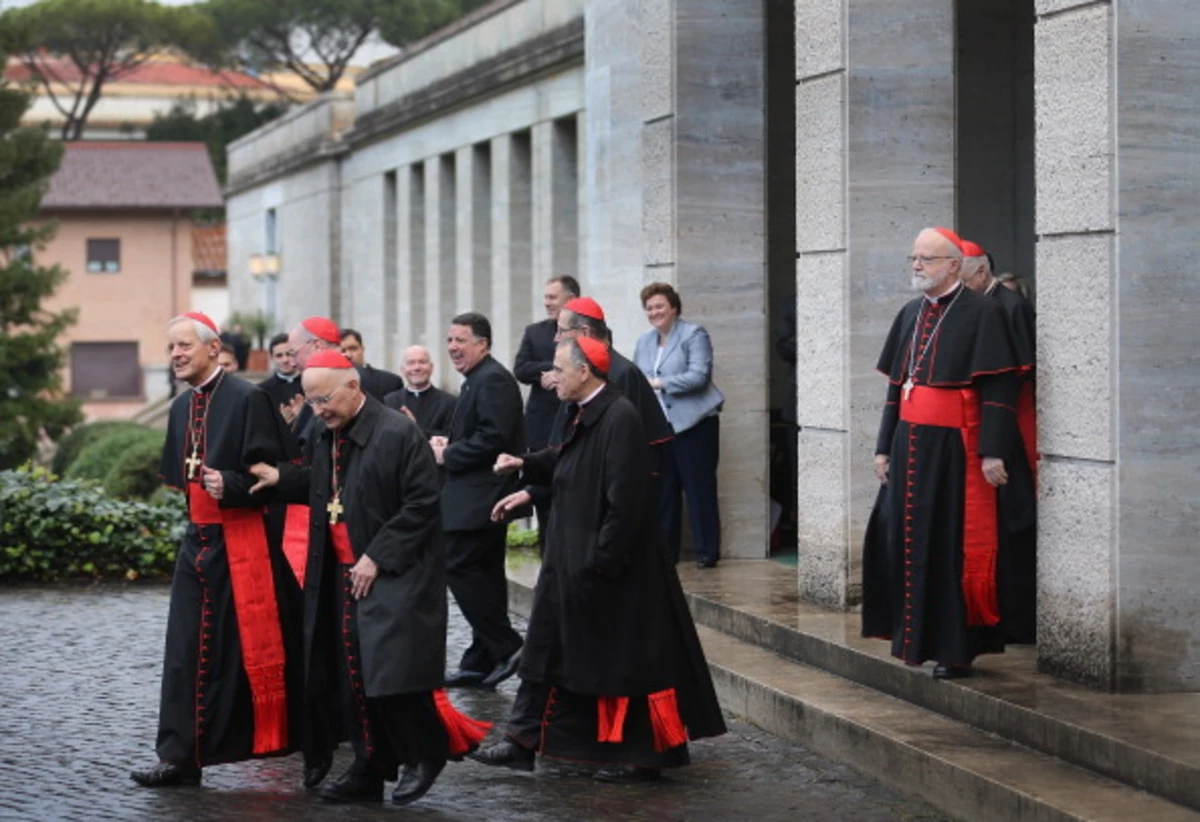Hagia Sophia: Architectural Marvel Across Empires

Table of Contents
The Byzantine Era: Birth of a Masterpiece
Construction and Design
The construction of the Hagia Sophia, commissioned by Emperor Justinian I, began in 532 AD and lasted a mere five years – a remarkable feat of engineering for its time. Architects Anthemius of Tralles and Isidore of Miletus employed innovative techniques and materials to create a structure of unparalleled grandeur. The use of marble, brick, and expertly crafted pendentives allowed for the creation of the enormous, awe-inspiring dome – a feat of architectural genius that pushed the boundaries of engineering at the time.
- Masterful Engineering: The Hagia Sophia's dome, spanning an impressive diameter, is a testament to advanced mathematics and engineering principles. Its weight was cleverly distributed using complex supporting systems.
- Scale and Grandeur: The sheer scale of the building was unprecedented. Its immense size and soaring height filled onlookers with awe, establishing new standards for architectural ambition.
- Impact on Architecture: The Hagia Sophia's design, particularly its innovative use of pendentives to support the dome, significantly influenced subsequent architectural styles across the world. It set a precedent for the design of large-scale domes for centuries to come, impacting religious and secular buildings alike.
Religious Significance and Iconography
As the central cathedral of the Eastern Orthodox Church, the Hagia Sophia served as a vital religious and political center. Its interior was lavishly adorned with mosaics and iconography, reflecting the richness of Byzantine art and religious belief.
- Symbolism in Mosaics: The mosaics depicted biblical scenes and imperial figures, showcasing the power and glory of the Byzantine Empire and the central role of Christianity. These images were integral to religious practices and instilled a sense of awe and reverence in worshippers.
- Religious Ceremonies: The Hagia Sophia hosted numerous important religious ceremonies and rituals, solidifying its importance as the heart of the Byzantine faith. The building's grandeur provided a fitting backdrop for these events.
- Influence on Iconography: The Hagia Sophia’s use of mosaics and iconography influenced artistic and religious styles for centuries, impacting both religious and secular art across many cultures.
Ottoman Era: Transformation into a Mosque
Conversion and Modifications
Following the Ottoman conquest of Constantinople in 1453, the Hagia Sophia underwent a transformation into a mosque. While preserving much of its original Byzantine structure, the Ottomans added significant Islamic architectural elements.
- Architectural Adaptations: The addition of four minarets, slender towers from which the call to prayer is made, dramatically altered the Hagia Sophia's skyline. A mihrab, a niche indicating the direction of Mecca, was also incorporated, adapting the building to Islamic worship practices.
- Preservation of Byzantine Elements: Remarkably, the Ottomans largely preserved the existing Byzantine structure, recognizing its architectural and historical significance. The modifications were largely additive rather than destructive, reflecting a respectful approach to the building's history.
- Aesthetic Changes: The addition of calligraphy, new decorative elements, and the covering or removal of some Christian iconography reflected the changing religious and cultural context.
Cultural Significance Under Ottoman Rule
Under Ottoman rule, the Hagia Sophia continued to hold immense cultural significance, serving as a major mosque and a symbol of the empire's power and prestige.
- Sultan Patronage: Ottoman Sultans invested significant resources in the Hagia Sophia's maintenance and upkeep, reflecting its importance within the Ottoman Empire. The building received continual care and improvement.
- Community Center: The Hagia Sophia served as more than just a place of worship; it was a vibrant center of community life, hosting religious gatherings and various other social events.
- Historical Events: Numerous significant historical events unfolded within the Hagia Sophia during the Ottoman period, solidifying its place in history.
Modern Era: Museum and Beyond
Hagia Sophia as a Museum
In 1935, the Hagia Sophia was officially declared a museum, opening its doors to the public and affording access to a remarkable architectural and historical treasure.
- Conservation Efforts: Ongoing conservation and preservation efforts are crucial to maintaining the building's integrity and ensuring its survival for future generations. This involves ongoing restoration projects.
- Tourist Attraction: The Hagia Sophia has become one of the world's most popular tourist attractions, attracting millions of visitors annually, contributing to the economy of Istanbul.
- Challenges of Preservation: The sheer size and age of the building present ongoing challenges in maintaining and preserving it against the elements and the ravages of time.
Recent Developments and Ongoing Debates
The Hagia Sophia's status has been a subject of ongoing debate, particularly following its reclassification as a mosque in 2020. This decision sparked intense discussion about the balance between its historical, religious, and cultural significance.
- Differing Perspectives: The reclassification ignited a global debate regarding the building’s proper use and its implications for religious freedom and secularism. Many perspectives exist, some prioritizing religious use and others its role as a shared cultural heritage site.
- Cultural and Political Impact: The changes in its status and the ongoing debate reflect the complex interplay of religion, politics, and cultural heritage in a modern globalized world.
- The Future of Hagia Sophia: The future of the Hagia Sophia and its role within Turkish society and global cultural heritage remain a subject of ongoing discussion and debate.
Conclusion
The Hagia Sophia, a true architectural marvel, stands as a testament to the ingenuity of Byzantine and Ottoman architects and engineers. Its evolution across empires reflects the dynamic interplay of cultures and religions, making it a symbol of both continuity and change. From its initial design as a magnificent cathedral to its later transformation into a mosque and its current status, the Hagia Sophia continues to captivate and inspire. To delve deeper into this incredible architectural wonder and learn more about its rich history, further research into the Hagia Sophia’s design and cultural significance is strongly recommended. Understanding the Hagia Sophia is understanding a pivotal chapter in architectural and world history. Learn more about the Hagia Sophia's fascinating past and its ongoing relevance today.

Featured Posts
-
 Blue Origin Rocket Launch Aborted Subsystem Malfunction Reported
Apr 29, 2025
Blue Origin Rocket Launch Aborted Subsystem Malfunction Reported
Apr 29, 2025 -
 I M Staying Put Schumer Defends Leadership Amid Calls For Change
Apr 29, 2025
I M Staying Put Schumer Defends Leadership Amid Calls For Change
Apr 29, 2025 -
 Why Making An All American Product Is So Difficult
Apr 29, 2025
Why Making An All American Product Is So Difficult
Apr 29, 2025 -
 Falcons Dcs Son Issues Apology For Shedeur Sanders Prank Call
Apr 29, 2025
Falcons Dcs Son Issues Apology For Shedeur Sanders Prank Call
Apr 29, 2025 -
 Republican Groups Threaten To Block Trumps Tax Plan
Apr 29, 2025
Republican Groups Threaten To Block Trumps Tax Plan
Apr 29, 2025
Latest Posts
-
 Convicted Cardinal Claims Right To Participate In Papal Conclave
Apr 29, 2025
Convicted Cardinal Claims Right To Participate In Papal Conclave
Apr 29, 2025 -
 Update Missing Brit Paralympian Found Following Wrestle Mania Disappearance
Apr 29, 2025
Update Missing Brit Paralympian Found Following Wrestle Mania Disappearance
Apr 29, 2025 -
 Papal Conclave Legal Battle Over Convicted Cardinals Voting Eligibility
Apr 29, 2025
Papal Conclave Legal Battle Over Convicted Cardinals Voting Eligibility
Apr 29, 2025 -
 Brit Paralympian Missing At Wrestle Mania Found Safe
Apr 29, 2025
Brit Paralympian Missing At Wrestle Mania Found Safe
Apr 29, 2025 -
 Controversial Cardinals Conclave Voting Rights Under Scrutiny
Apr 29, 2025
Controversial Cardinals Conclave Voting Rights Under Scrutiny
Apr 29, 2025
